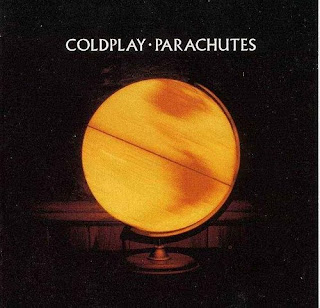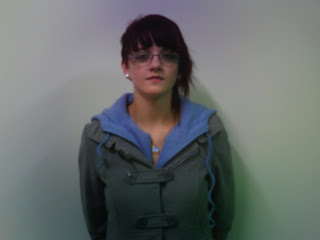
A2 Media Studies
Tuesday, 14 December 2010
Magazine adverts




The typical conventions of a CD/album in a magazine are a full page spread with one large photo
which is either of the artist(s) or recognizable to them. Then the date of the music release is usually at the bottom of the page, and the title of the band & album is at the top. If a CD is being released there may be a tagline at the very bottom of the page, or if an album is being released there are usually the names of one or two already released and popular tracks by the artist to entice the audience
Wednesday, 8 December 2010
CD Cover
Digipak Template



Cast, Props and Locations
The idea of the video is to use as many locations as possible because the protagonist is exploring the world for the first time, so i will use graveyards, fields, residential streets, theatres, buildings and more as filming locations.
The only props in my video are photographs, first used in the establishing shot, and later used to remind the protagonist of where she has come from.
Tuesday, 7 December 2010
Test Shots
Wednesday, 13 October 2010
Textual Analysis - Take on Me
The video begins as a scratchy, pencil drawn black & white animation. A fast paced montage of close up images are shown, which builds tension, and although the images are very close up it becomes clear that the story is of 2 motorbike drivers about to race.
As the vocals come into the song, the video switches from animation to real life and we see that the animations were in a comic book, being read by a woman in a cafe. The first shot of her is a medium close up, which establishes her as the main female protagonist, as no other characters but her and the racer in the comic book get this kind of attention. We get close ups of her face to show her amused reaction to the comic. This then switches to a shot of the bottom square in the comic, which is of the male protagonist, who fans of A-Ha would recognise as the lead singer (if people don't recognise him we assume here that he is a protagonist anyway because of connotations like him holding a champagne bottle which means he has won his race). The supposedly still-frame animation then moves, to show that the man in the comic book may not just be an animation.
We are shown the woman's confused reaction. She then turns the page and we see a shot of the mans face, then hers, then extreme close ups of both of their eyes. This is a commonly used shot style for romance, as if to point out that the two characters are looking intently at each other. He winks and her eyes widen, which confirms the audiences suspicions of romance.
Next we see a medium long shot of the woman at the table, as a hand reaches out of the comic book. A close up of her face shows the audience that she is apprehensive, and then we switch to a shot of his face, and then the extreme close up of his eyes used earlier. This familiar shot reminds the audience of the 'moment' that they shared and reassures both her & the audience that she should take his hand. Her face softens, as if to agree to go with him (using facial expressions to portray emotions where words would suffice in normal situations is common in music videos) and we see a medium close up of their hands touching. This portrays romance again.
Next we are back in the animated world, and both of the characters are there. There is a comic strip panel which the male protagonist goes behind and is made real. This panel is used as a sort of portal for the characters to switch between the real world, and the cartoon one.









